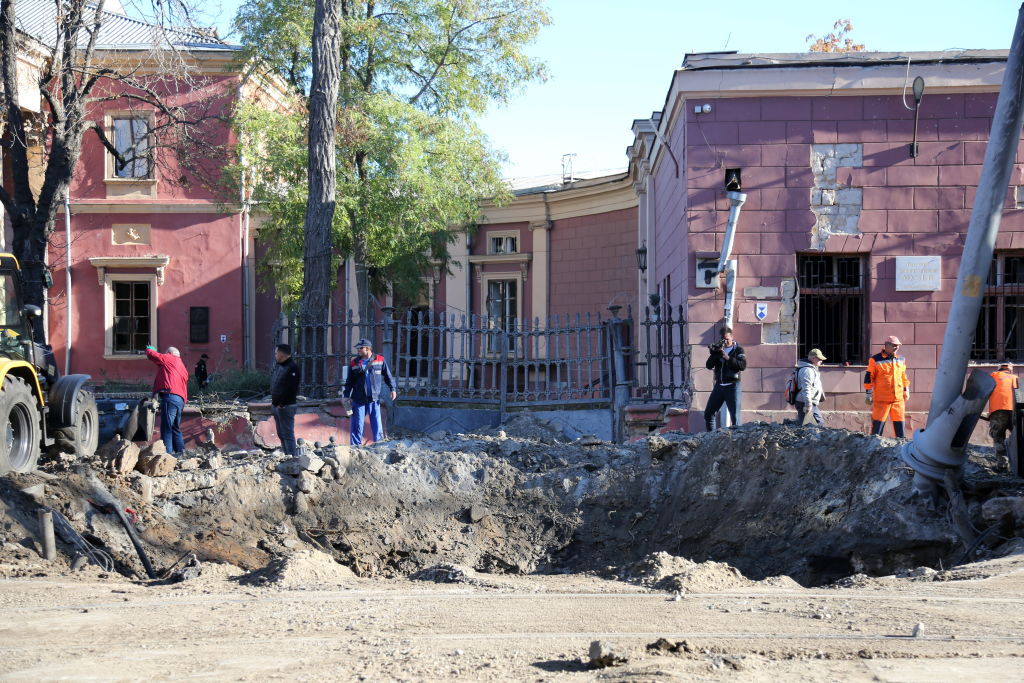Pompeii Victims Weren’t Who Archaeologists Thought They Were, DNA Analysis Reveals
A new DNA analysis suggests that archaeologists were previously wrong about how they understood the relationships between certain victims of Vesuvius’s eruption in 79 CE.
At Pompeii, there is, for example, an adult wearing a bracelet with a child in their lap. The pair was long thought to be a mother and her offspring. But the new DNA analysis suggests that the adult is actually a man and that the kid is not his son.
Moreover, there are two women who died while holding one another at Pompeii; they have long been considered sisters. In fact, this study suggests, at least one of those people was male.
The study, published on Thursday by Current Biology, is intended to counter longstanding narratives about Pompeii, one of the most famous archaeological sites in the world. Scholars behind the study said those reigning narratives, some of which may be false, came about because of the projections of contemporary audiences onto age-old remains.
Alissa Mittnik, an archaeogeneticist at Harvard Medical School and the Max Planck Institute for Evolutionary Anthropology in Germany, told LiveScience that the findings “highlight the importance of integrating genetic data with archaeological and historical information to avoid misinterpretations based on modern assumptions.”
To conduct the study, the archaeologists relied upon what they described as “skeletal material embedded in the casts” of Pompeii victims made during the 19th century. In the process, they also determined that many Pompeiians “derive their ancestry largely from recent immigrants from the eastern Mediterranean,” according to the study’s summary. Mittnik, one of the study’s authors, told the New York Times this could be due to the reach of the Roman Empire, as well as factors such as migration and the enslavement of foreigners.
David Reich, a geneticist at Harvard University who was also involved with the study, told the Times that the new information suggests how warily one must eye accepted archaeological information. Visual information, he explained, does not provide all necessary information. “I think that teaches us some humility and skepticism about our interpretations,” he said.



